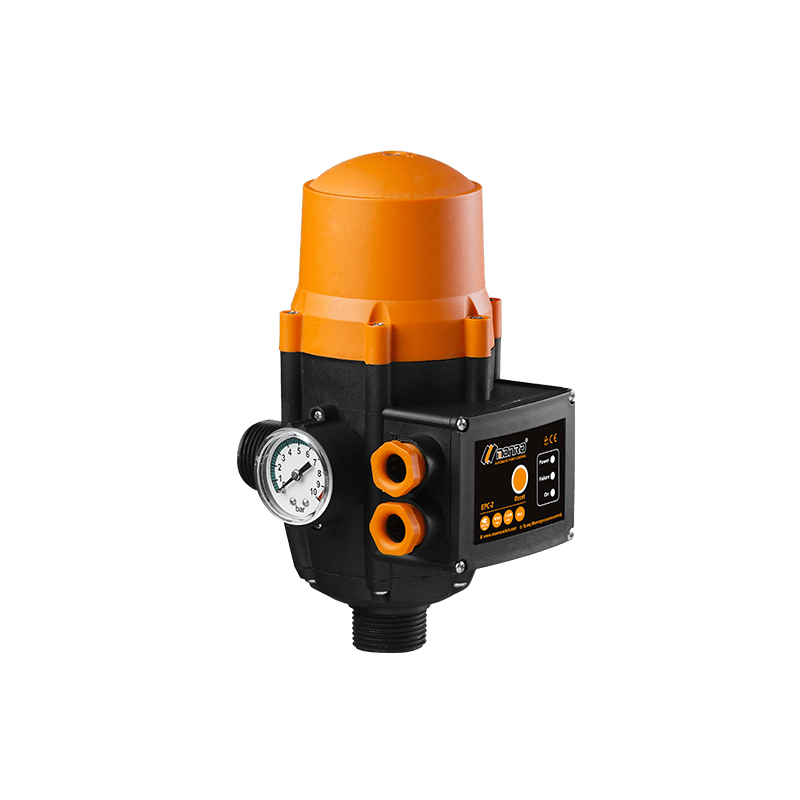Don't hesitate to send a message
Web Menu
Product Search
Exit Menu
Float switch principle - introduction
A float switch stands as a cornerstone in liquid level control, renowned for its simplicity, versatility, and reliability. With a straightforward structure and minimalistic design, it navigates through complexities effortlessly, remaining impervious to disturbances. Its adaptability knows no bounds, capable of withstanding various liquids, pressures, and temperatures, making it an indispensable component in a myriad of applications. From regulating pump operations to maintaining liquid levels, facilitating automatic tank loading and unloading, to signaling liquid levels in fuel tanks, automatic cleaning systems, hydraulic tanks, low-pressure boilers, and sewage treatment systems.
Float Switch Principle - Features
The float switch boasts several distinctive features that underscore its superiority:
Multi-point Control: With the ability to control multiple points, users can customize the position of the control switch to suit their specific needs, providing high quality flexibility and precision.
Utilization of Magnetic Reed Switch: Operating without the need for an external power supply, the magnetic reed switch offers longevity, with a contact life spanning up to 2 million times, ensuring prolonged reliability and performance.
Simplified Installation: All switch outlets are consolidated within the same junction box, minimizing external construction wiring costs and streamlining installation processes, saving both time and resources.
Cost-effectiveness: Compared to alternative switch control points and other types of liquid level switches, the RF type boasts a lower unit price, making it a cost-effective solution without compromising on quality or functionality.
Enhanced Safety: With reed switches and wires isolated from liquids, the float switch can be safely deployed in high-temperature, high-voltage equipment, ensuring operational safety and longevity even in demanding environments.
Float switch principle
Typically housed within a sealed non-magnetic metal or plastic tube, the float switch comprises one or more reed switches positioned according to requirements. A hollow, ring-shaped magnet float ball is affixed to the reed switch rod, enabling the float ball to move freely within a specified range. As the float ball rises or falls, the magnet within it attracts the reed switch, initiating a switch action. This mechanism allows the float switch to accurately control and sense water levels, facilitating seamless liquid level management.
Float switch principle - application
The versatility of float switches renders them indispensable across various industrial equipment, household appliances, and oil and water machines. Specifically, stainless steel float level switches find extensive application in liquid level detection, signal transmission, automatic pump control, and switch alarms within small and medium pressure liquid storage tanks. Their adaptability extends to environments with hygienic requirements, environmental protection needs, or exposure to toxic, acidic, or alkaline liquids, showcasing their resilience and reliability across diverse applications.
Float Switch For Pump Control: In pump control applications, float switches play a crucial role in regulating the operation of pumps based on liquid levels, ensuring good performance and preventing overflow or dry running scenarios.
Pressure Pump Float Switch: Pressure pump float switches are tailored to operate in conjunction with pressure pumps, maintaining liquid levels within predefined parameters and safeguarding against pressure fluctuations.
The float switch epitomizes efficiency, reliability, and adaptability in liquid level control, serving as a linchpin in a wide array of industrial and domestic applications. With its myriad features and applications, it continues to play an indispensable role in ensuring seamless liquid level management across various sectors.
-
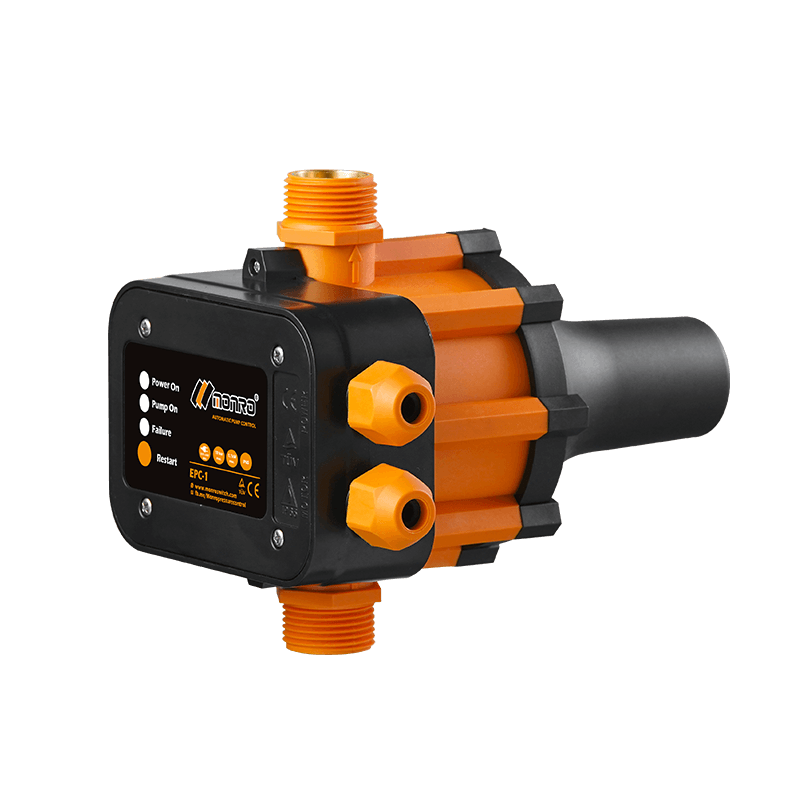 EPC-1
EPC-1Monro EPC-1 model pump controller is the classic and basic type, was loved by user in the global mar...
-
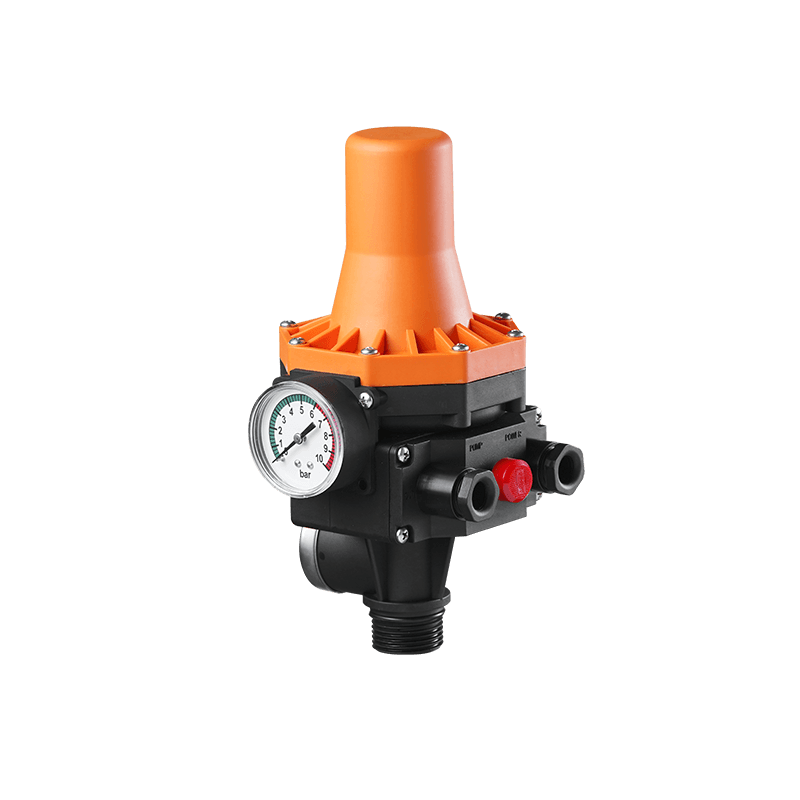 EPC-3
EPC-3Monro EPC-3 spain design auto on and off press control, an intelligent and economical system designe...
-
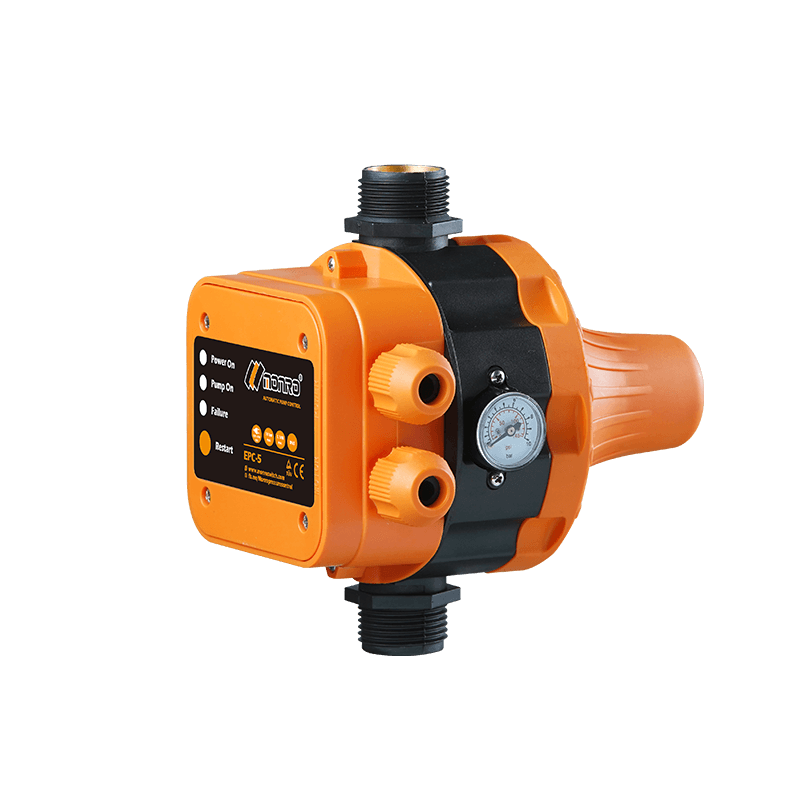 EPC-5
EPC-5Monro EPC-5 model automatic pump control, a device which assembled on the water pump (recommended si...
-
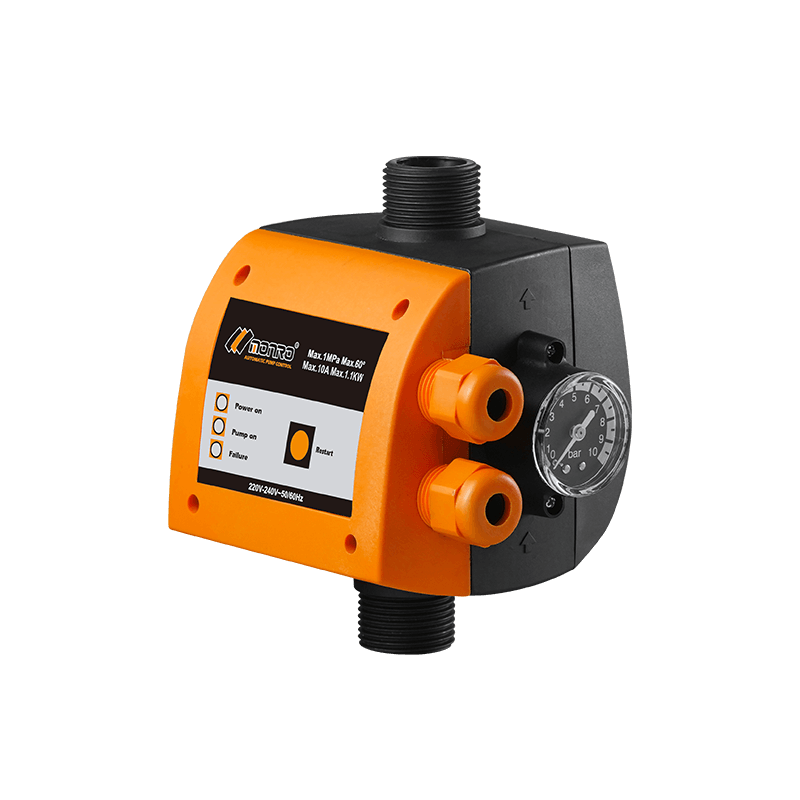 EPC-9
EPC-9Monro EPC-9 model pressure controller, is a big power device for automatic control and protection of...
-
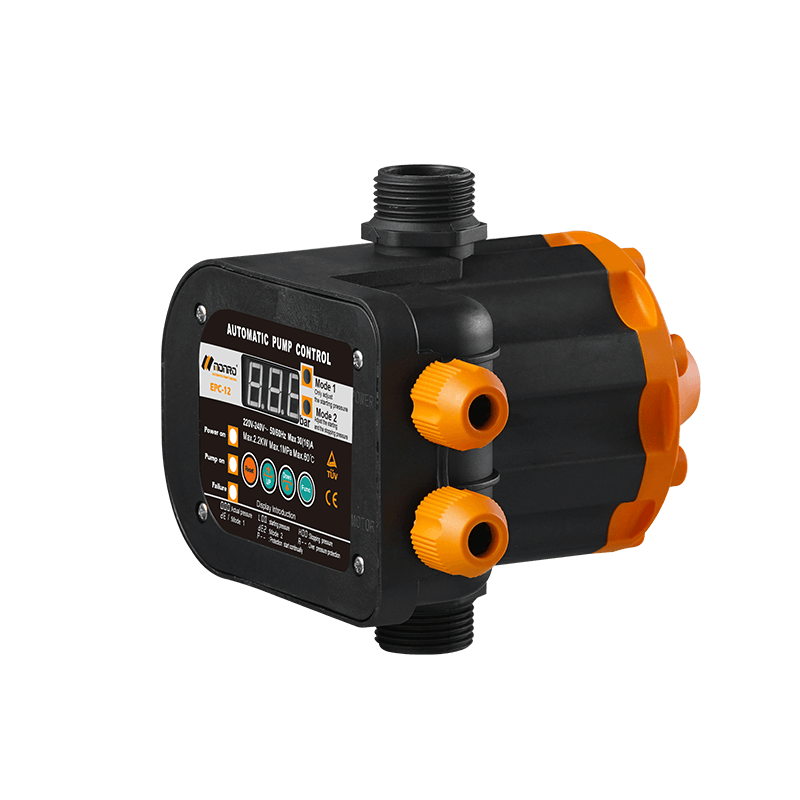 EPC-12
EPC-12Monro EPC-12 smart top-level automatic pump control is a multi-function model combined with traditio...
-
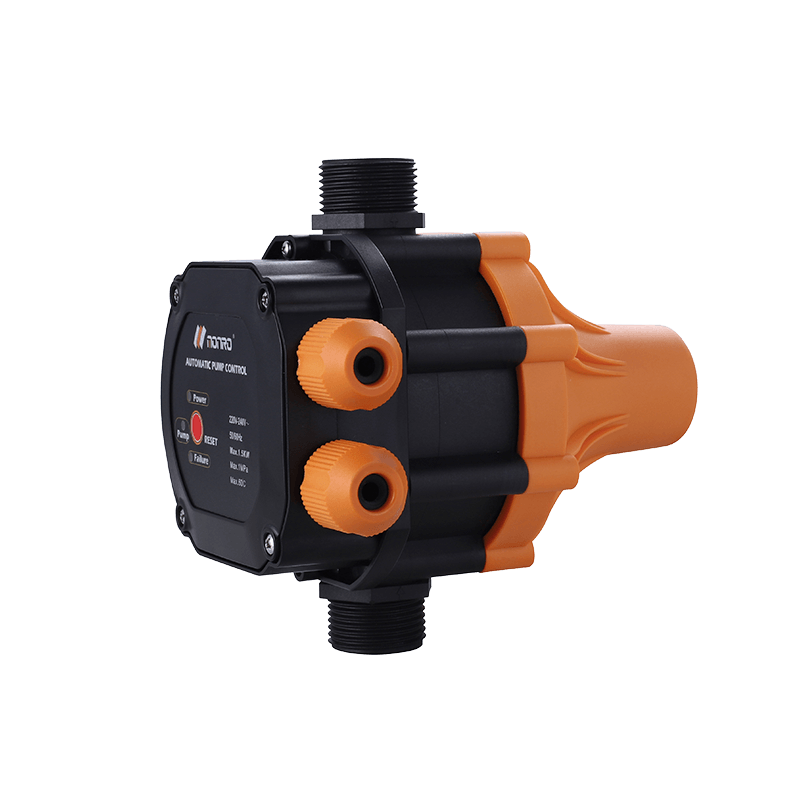 EPC-14
EPC-14Monro EPC-14 model pressure control is a big power device for automatic control and protection of el...
-
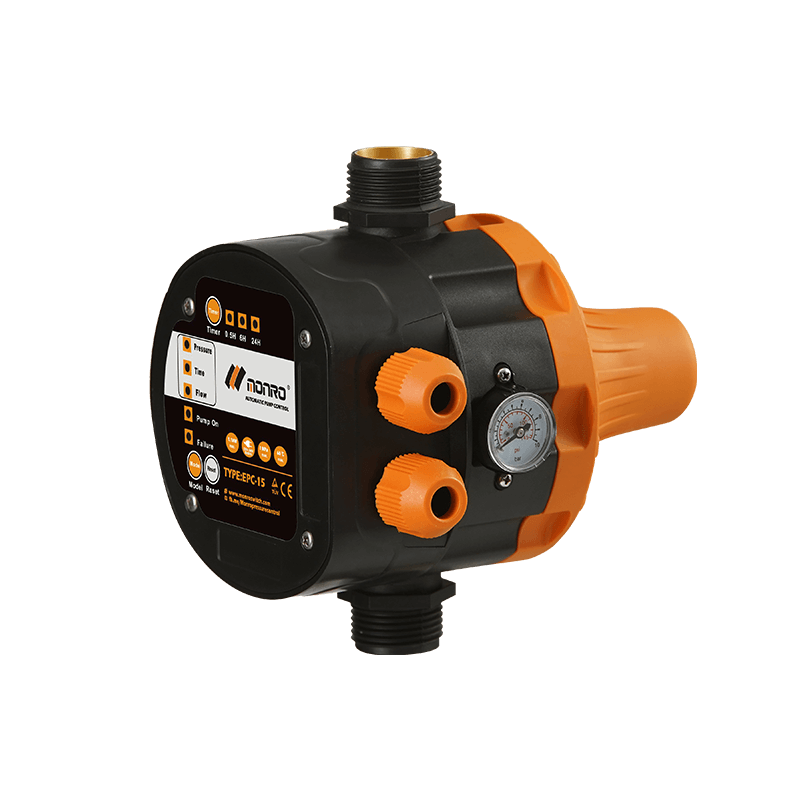 EPC-15
EPC-15Monro EPC-15 model automatic pump control, a device which assembled on the water pump (recommended s...
-
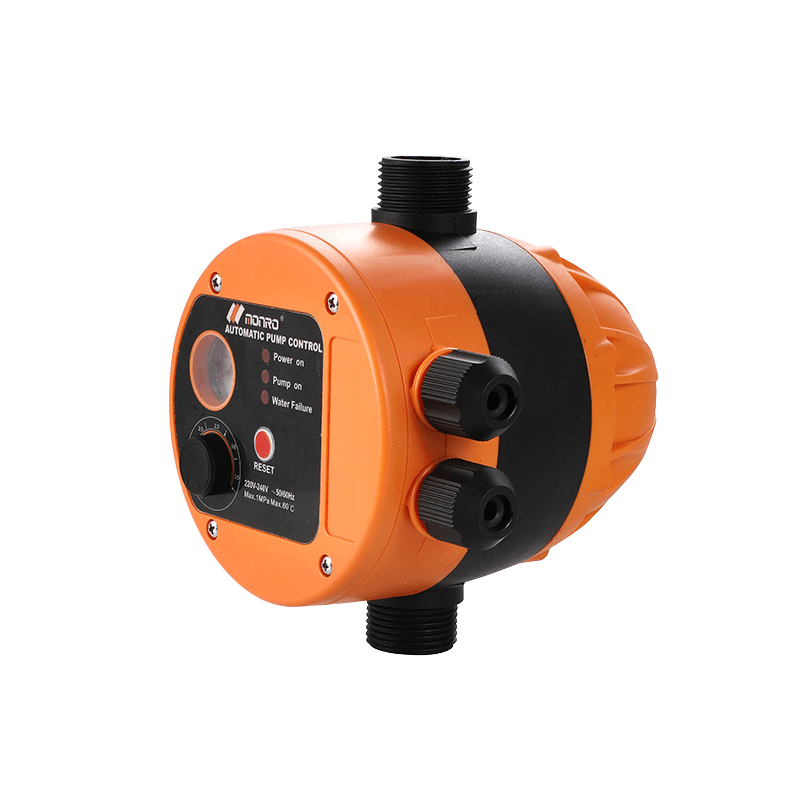 EPC-16
EPC-16EPC-16 is the new patent pump controller by Monro. Its key highlight is tooless (manual knob) start...
find our office
Committed to providing professional pressure control solutions for various types of water pumps and air compressors.

 简体中文
简体中文 English
English Español
Español